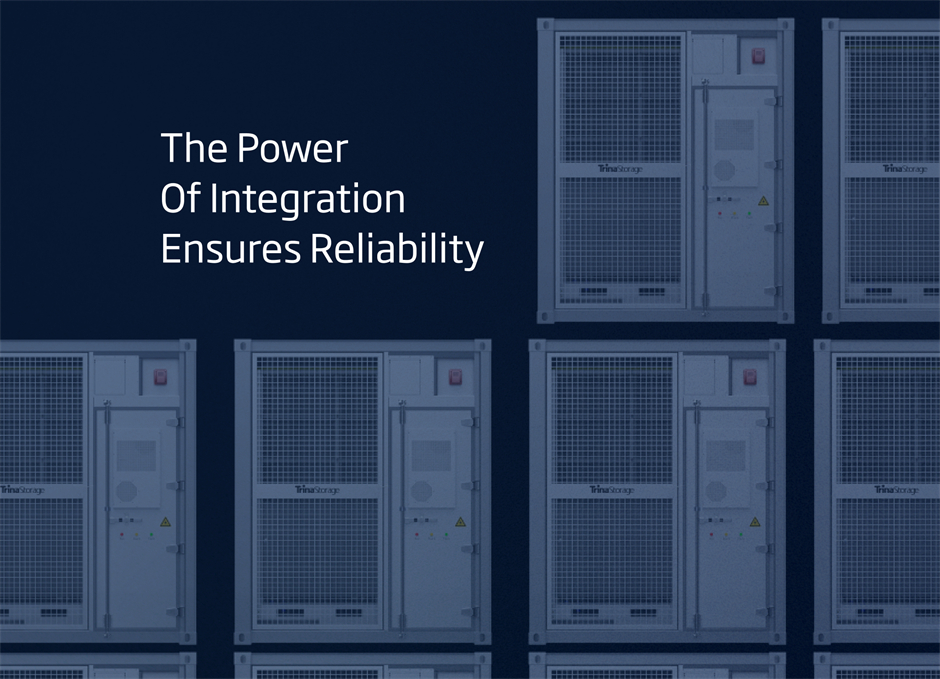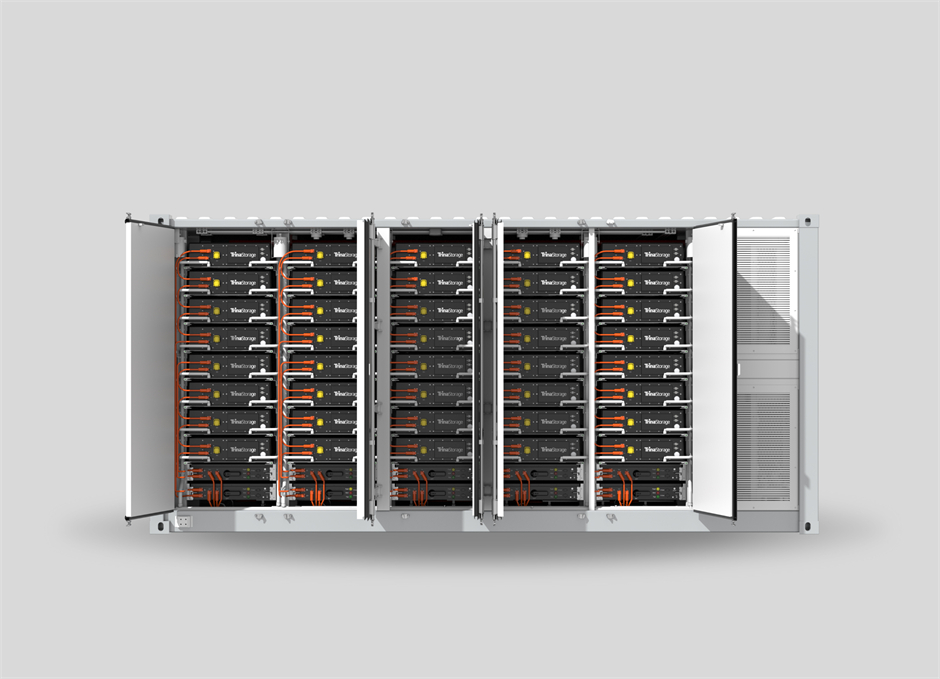Navigating the Energy Storage Supply Chain: Challenges and Opportunities
- 24/05/14
- Energy Storage
Supply chain dynamics in the battery energy storage industry globally are influenced by several factors that span from raw material extraction to end-product delivery. All are interdependent on another to ensure an efficient supply chain to cope with the speed of innovation, market demand and socio-ethical practices too.
Navigating the energy storage supply chain is a key challenge for those investing in utility-scale BESS, so in this Insights article, we’re going to outline the 2024 outlook and shed some light on the current situation as we see it playing out.
Key aspects of the energy storage supply chain

Raw material sourcing
The battery energy storage industry heavily relies on raw materials such as lithium, cobalt, nickel, manganese and graphite. The supply of these materials is geographically concentrated with only a few key players globally contributing to a significant portion of the supply. Political instability, environmental concerns and trade policies in these regions can significantly impact raw material availability, leading to price volatility and supply disruptions.
Manufacturing and processing
Battery manufacturing involves complex processes including the production of cathodes, anodes, electrolytes, and separator materials, followed by cell assembly and packaging. The industry is witnessing rapid technological advancements, with continuous improvements in battery chemistry, energy density and longevity. This requires manufacturers to constantly adapt and upgrade their production capabilities, which can strain the supply chain.
Most mass-manufacturing and processing occurs in East Asia with countries like China dominating this part of the supply chain so it’s critical, especially for Western countries, to have strong partnerships in the regions for maximising efficiency.
Supply chain logistics
Following on from processing, it’s then the transportation of raw materials, intermediate products and finished batteries that involves logistical challenges, given the hazardous nature of some battery components. Regulations governing the transport of batteries, especially by air, can affect supply chain efficiency and costs.
The industry, as has been reported in recent years, is also impacted by global shipping trends, port capacities and trade routes, with disruptions such as port congestion or shipping delays having a cascading effect on the supply chain.

Regulation and sustainability
Increasing scrutiny on the environmental and social impacts of battery production, especially concerning cobalt and lithium mining, is leading to more stringent regulations and a push towards more sustainable practices.
With growing manufacturing prominence comes the necessity for traceability and environmental compliance across the board. This involved ensuring that components, especially those sourced from diverse global locations, meet stringent environmental and quality standards.
Recycling and ‘second life’ applications for batteries are becoming an integral part of the supply chain, offering potential relief to raw material scarcity but also adding complexity in terms of collection, processing and reintroduction into the manufacturing cycle.
Market demand and innovation
The demand for battery energy storage is growing rapidly, driven by the expansion of renewable energy integration and improving grid network stability. This puts pressure on the supply chain to scale up production without compromising quality and cost.
While batteries are generally readily available, other components like AC solutions, transformers and switchgear often have longer lead times, which can bottleneck project deployments. Reliable supply chains are thus essential.
Innovation in battery technologies, such as solid-state batteries, silicon anodes and alternative chemistries, could disrupt existing supply chains by changing raw material needs or manufacturing processes.
Geopolitical and economic factors
Trade policies, tariffs and geopolitical tensions can significantly affect the supply chain. For example, tariffs on imported materials can increase costs, while geopolitical tensions can lead to restrictions on raw material exports.
Economic conditions, including inflation, exchange rates and economic growth rates, can also impact investment in mining, manufacturing capacity – and ultimately – the price and availability of battery storage solutions.
The energy storage supply chain outlook
Here At Trina Storage, our analysis and market engagement suggest a counter-narrative to the previous years of uncertainty with a robust foundation in the cost structures underlying the energy storage industry.
This stability is not simply a byproduct of market conditions but a result of deliberate strategies and efficiencies cultivated within our supply chain. We have worked diligently to strengthen our partnerships, optimise our manufacturing processes and leverage technological advancements – all of which contribute to a more predictable and stable cost base.
In addition, China's position as a global leader in the manufacturing of LFP batteries is expected to not only continue but also strengthen. This leadership is rooted in the country's vast industrial infrastructure, extensive research and development capabilities and a forward-looking approach to renewable energy technologies.
Why Trina Storage is a safe pair of hands
When it comes to capability, reliability and trust with significant CapEx investments like energy storage, control of the supply chain via vertical integration is a competitive advantage when choosing a supplier like Trina. Here are three key reasons why customers choose us.

Capitalise on China’s increasing strength
At the heart of Trina Storage's success is its base in China, the global frontrunner in the manufacturing of LFP batteries. These batteries are renowned for their reliability and suitability for large-scale energy storage solutions, making them a cornerstone of Trina Storage's product lineup. The company's ability to consistently produce high-quality LFP batteries underscores its commitment to meeting the growing demands of the energy storage market.
Smart and efficient manufacturing processes
Quality and efficiency are at the core of Trina Storage's manufacturing ethos. By embracing smart manufacturing practices, the company has fine-tuned its production processes to minimise waste and maximise output, ensuring that each product meets the highest standards of performance and durability. This dedication to excellence is evident in every aspect of their operations, from the careful selection of raw materials to the meticulous assembly of the final product.
Strategic partnerships and global alliances
Trina Storage's global reputation as a manufacturing giant is further cemented by its strategic approach to partnerships and supply chain management. By forming alliances with key players across the supply chain and leveraging its bulk buying power, Trina Storage ensures a steady supply of components necessary for a fully integrated energy storage solution. This not only enhances the reliability of their supply chain but also allows them to offer more competitive pricing and comprehensive solutions to their customers.

Conclusion
As we reflect on the journey ahead for the BESS supply chain, we're encouraged by the expected price stability in 2024 but reiterate looking beyond price for choosing BESS partners as many factors influence delivery and quality, a testament to our strategic planning and industry leadership. At Trina Storage, we've always believed in the power of integration, building strong partnerships and maintaining efficient inventory management.
These principles not only secure our competitive edge but also assure our customers of our commitment to providing reliable, high performing and sustainable energy storage solutions.
Read more <the business case for energy storage>
– END –
Relevant Topics
Smart Energy Solutions
delivered straight to your inbox

